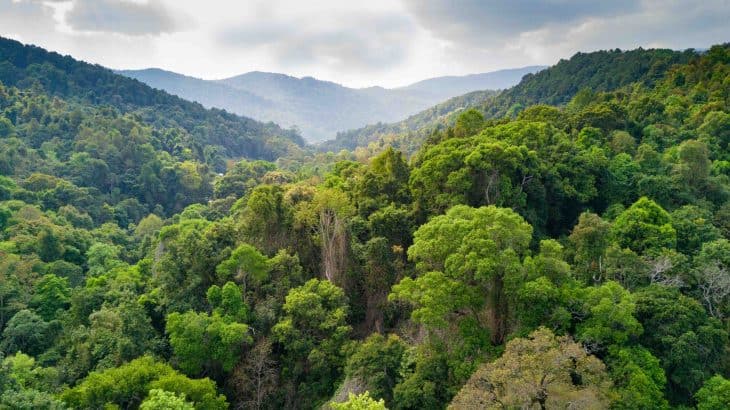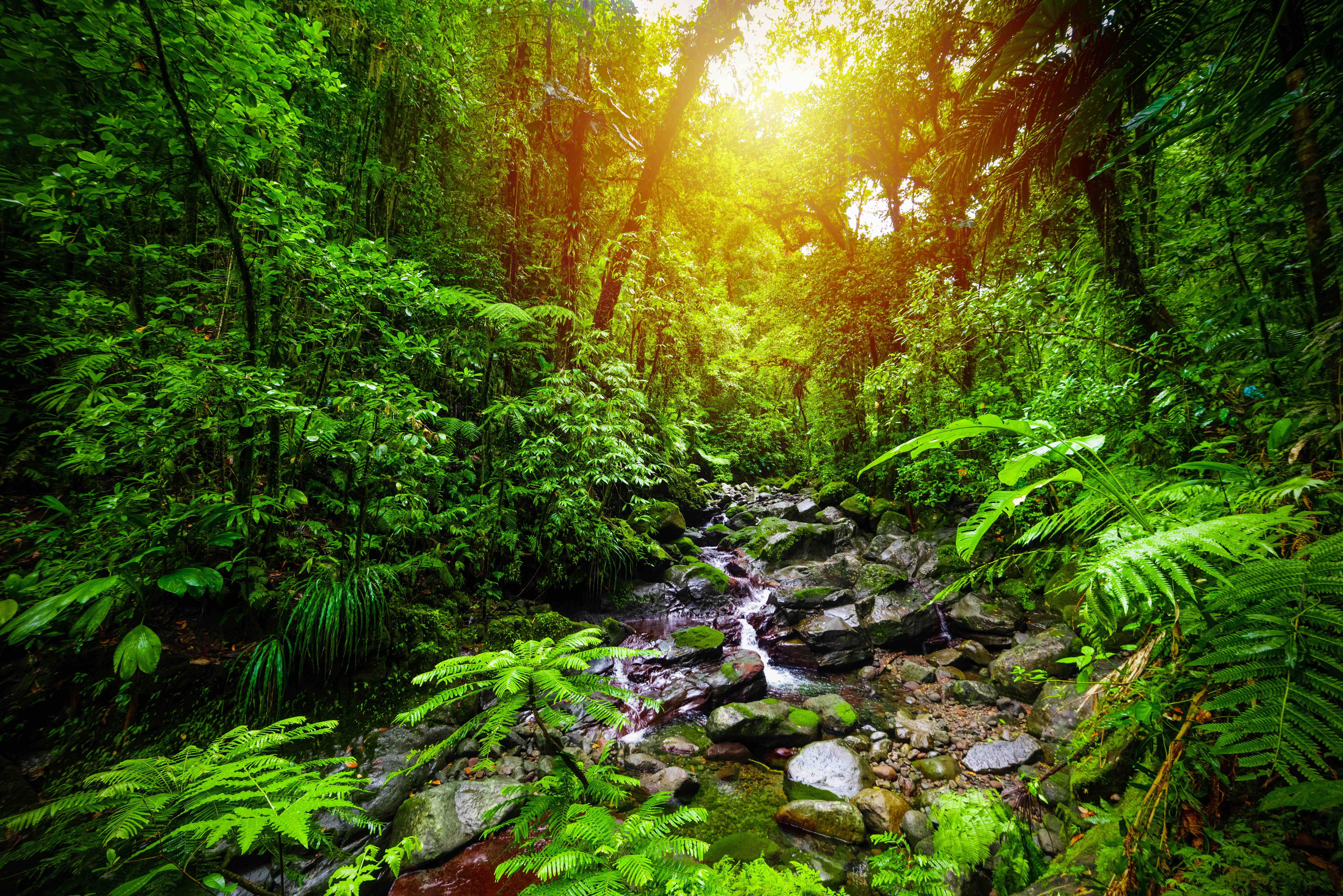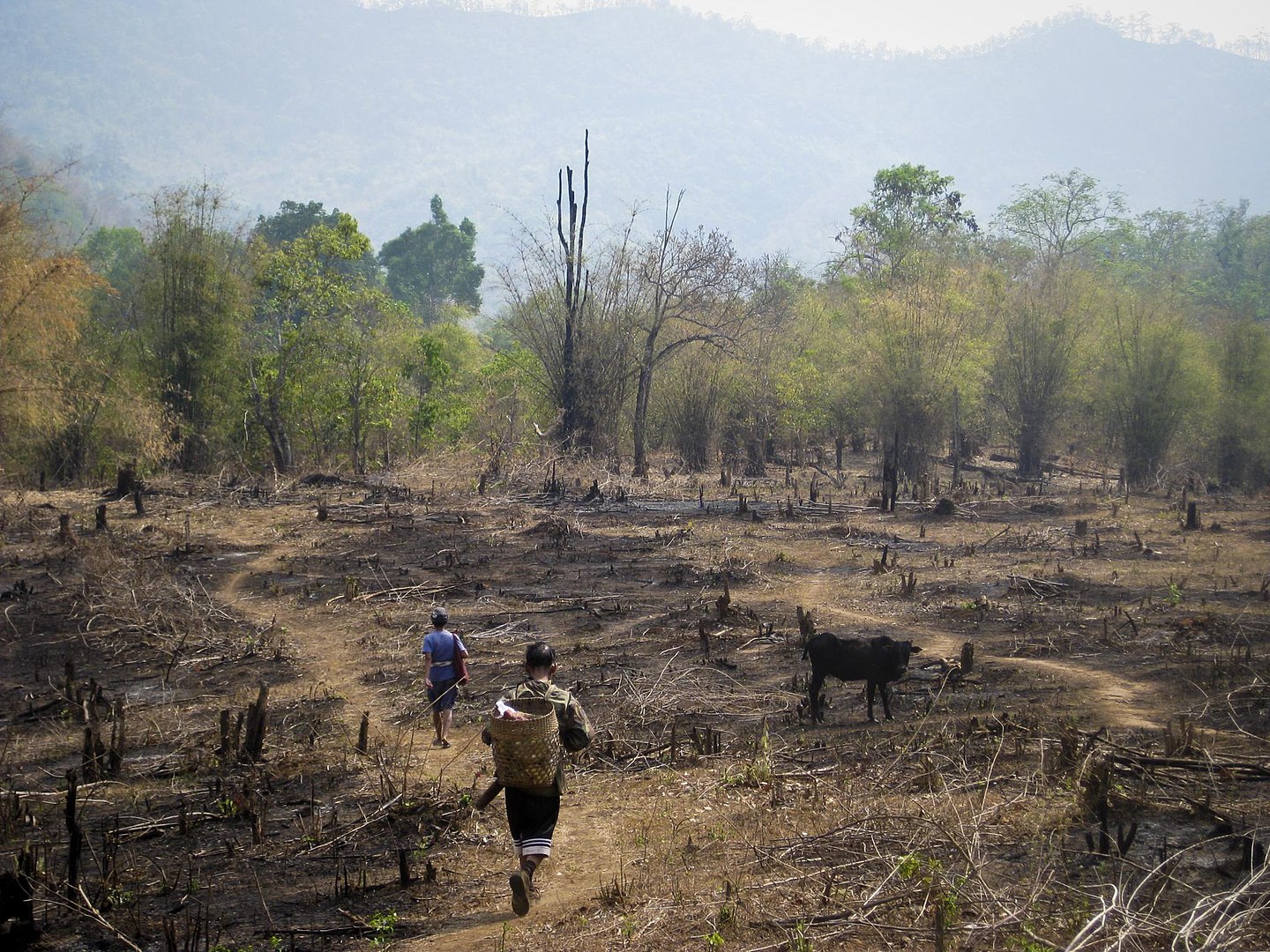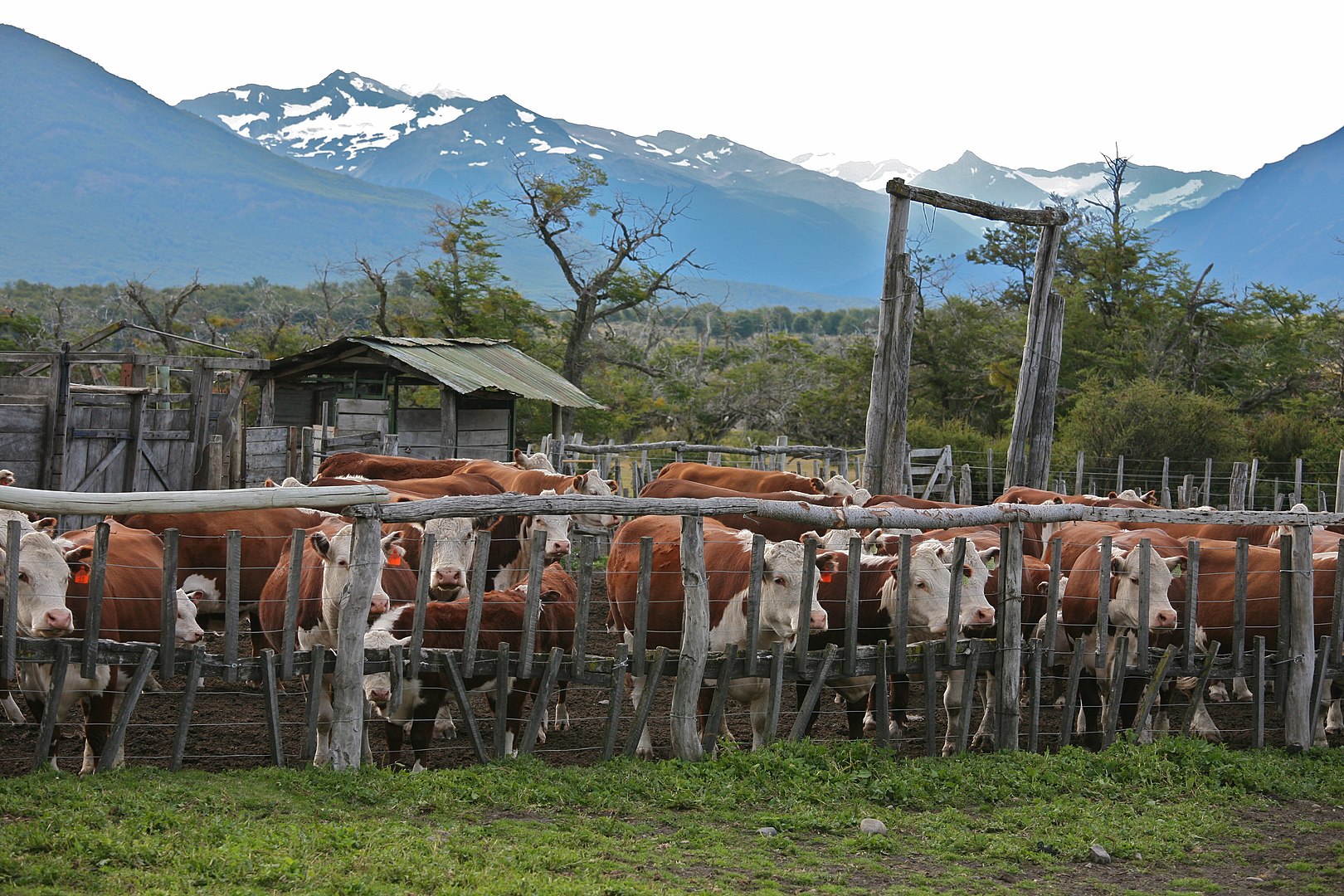
People have called the rainforests the planet’s lungs. It’s rather appropriate too, considering how important rainforests are in giving us the air we all need to breathe. However, both nature and human activity are causing the decrease of rainforests on Earth at an alarming rate, which proves to be a worrying issue. Find out how we can do our part to save them in these Rainforest Facts.
- Rainforests enjoy up to 4.5 meters of rain every year.
- Depending on the region, scientists estimate that between 40% and 75% of all species in a given habitat live inside a rainforest.
- Scientists estimate that millions of plant and animal species still live undiscovered inside the world’s rainforests.
- Over 25% of the world’s natural medicines come from the world’s rainforests.
- Rainforests also account for an estimated 28% of the planet’s oxygen production.
- Amphibians, birds, invertebrates, mammals, and reptiles of all kinds live in the rainforest.
- Mammals that live in the rainforest include big cats and primates among others.
- Reptiles living in rainforests include chameleons, snakes, and turtles.
- Fungal species also thrive in rainforests, feeding on rotting plant and animal remains.
- Rainforest soil has high acidity, giving it poor quality.
- The heavy rain also tends to wash the soil’s nutrients away, also leading to its poor quality.
- The clay minerals in rainforest soil also don’t keep nutrients well, helping heavy rain to wash them away.
- Large amounts of bacteria in the soil also prevent humus from building up, again leading to the soil’s poor quality.
- Rainforest trees have shallow roots to compensate for the poor soil
- This lets their roots get as many nutrients as they can before they wash away.
- Rainforests are not permanent, even without human activity driving deforestation.
- No undisturbed rainforests exist anymore on Earth.
- Scientists predict that the Amazon rainforest, the biggest in the world, will naturally disappear within the next 5 million years.
- Scientists also predict that humans will destroy most of the Amazon rainforest by 2050 based on current deforestation rates.
- Rainforests have a role in cloud formation, through their recycling of water vapor.
Rainforests have existed for millions of years before the present day.
Talk about historic rainforest facts. The fossil record points to rainforests existing as far back as 252 million years ago, during the Mesozoic Era. At the time, they dominated the landscape of the supercontinent of Gondwanaland. In fact, the rainforests of today stand on the ground that once formed the most diverse regions of Gondwanaland. That said, gaps in the fossil record mean that paleontologists still find the exact origins of rainforests unclear.
Two kinds of rainforests exist in the world.
We have the tropical rainforest, which grows in wet and warm climates with no dry seasons. Usually, these forests grow in regions between ten degrees north or south of the equator. This allows them to receive rainfall of up to 10 meters per year, though, on average they only receive around two meters of rainfall per year. Then we have the temperate rainforest, scattered around the world compared to the regular locations of tropical rainforests. They usually receive around 1.4 meters of rainfall every year, with temperatures averaging between 4 and 12 degrees Celsius.
Tropical rainforests have some of the richest diversity of life in the world.
Tropical rainforests house around 50% of all plant and animal life on Earth, including two-thirds of all flowering plants. Scientists estimate that just 1 km² of tropical rainforest has an estimated 313 different species of trees, up to 47,000 different species of insects, and another 1,500 different species of other plants. Now there’s a diverse example of rainforest facts.
Three kinds of tropical rainforests exist in the world.
First, we have a tropical mixed forest, which has a warm summer season, and a cool winter season. The name comes from how some of the trees in the tropical mixed forest drop their leaves in winter. Then we have the cloud forests, which grow at altitudes between 1.5 and 3.3 km above sea level. And finally, we have the flooded rainforests, growing on low-lying river basins, such as the Amazon rainforest among others.

Many common kinds of food from around the world originally came from the tropical rainforest.
Examples include avocados, bananas, coffee, mangoes, and even sugarcane among others. In fact, farmers favor wild stock transplanted from rainforests in their farms, as they have a natural resistance to pests compared to other breeds of the crop.
Temperate rainforests are much rarer compared to tropical rainforests.
In particular, they favor moist regions near the ocean, such as along the Pacific coast of North America. The European coast from Southern Norway to Northern Spain and Portugal also once grew vast temperate rainforests. New Zealand‘s climate also supports temperate rainforests, as does the southeastern coast of Australia.
The biggest trees in a rainforest make up its emergent layer.
They typically reach heights of around 55 meters, though trees reaching up to 80 meters in height also exist. Trees of the emergent layer tend to grow very strong, in order to survive the powerful winds and extreme heat this layer lies exposed to. Monkeys and birds of prey tend to make their homes in this layer, as do bats and butterflies.
Most big trees in a rainforest make up its canopy layer.
They typically grow between 30 to 45 meters high and include up to 50% of all plant life in a rainforest. This layer also grows very dense, enough to absorb up to 95% of all sunlight falling on the rainforest. Scientists also estimate that up to 90% of all animals in a rainforest make their homes in the canopy.
Jungles develop in areas of a rainforest with a thin or no canopy at all.
This is also where the common misconception of rainforest and jungle as one and the same comes from. In reality, a jungle results when a thin or no canopy allows sunlight to penetrate the lower levels of a rainforest. This causes small plants such as shrubs and vines to grow in large numbers, tangling with each other into a dense patch of plantlife.
The understory layer of a rainforest lies under the canopy.
Only around 5% of all sunlight reaches the understory, leading plants here to grow large leaves to make the most of the limited sunlight. Insects thrive here, as do reptiles like snakes and lizards, as well as small birds. Predators also tend to roam this layer, such as jaguars and leopards, as well as bigger snakes such as boa constrictors.
Forest floors make up the last and lowest level of a rainforest.

At best, it only receives around 2% of all sunlight, meaning plants here usually only grow near bodies of water. Away from here, the forest floor tends to become surprisingly clear, as plant life cannot grow in such dry and lightless conditions. In contrast, fungal life thrives in such conditions, feeding on plant and animal remains from the higher layers of the rainforest.
Tribes of uncontacted peoples live in rainforests to this day.
A strange, but true example of rainforest facts. Brazil alone had 67 tribes in 2007, while Papua New Guinea has 44 tribes of uncontacted peoples. Their name comes from they have no real contact with modern civilization, and depend on traditional methods of hunting and subsistence agriculture for survival.
Rainforests today find themselves a common destination for ecotourism.
Environmentalists have supported this, as a means of raising awareness for the state of the world’s rainforests. Ecotourism also provides a source of income for the locals, as well as funding conservation efforts for the rainforests visited.
Global deforestation rates of rainforests are dangerously high.
The 20th century as a whole has seen the destruction of 90% of West Africa’s rainforests alone. Current rates of deforestation also point to all of Indonesia’s rainforests vanishing in the next 10 years and those of Papua New Guinea within the next 16 years. A grim, but undeniable example of rainforest facts to keep in mind for the future.
Agriculture is a major factor in the destruction of rainforests.
Specifically, people clear away the rainforest and use the open land to grow crops. This has also proven the biggest obstacle to protecting the rainforest, in light of the world’s growing population. Environmentalists struggle to find a solution that would avoid not just destroying the livelihood of entire farming communities, but would also prevent worldwide starvation.
This article belongs to Facts.net and may not be reproduced, copied, edited, published, transmitted, or uploaded in any way without the permission of Facts.net.
It also tends to have negative effects on both soil and water quality.
We mentioned earlier how rainforest soil doesn’t particularly keep nutrients well. We also mentioned how heavy rainfall tends to wash any nutrients away quickly. Unless proper methods such as excavation to improve the soil first are used, the constant use of artificial fertilizer to make up for poor soil quality can actually make the soil useless for agriculture. The water washing the fertilizer can also contaminate the local water sources, such as streams, rivers, and even the groundwater itself. The chemicals in the water could also cause toxic algae to grow and bloom, leaving the water undrinkable for humans.
A common method used to clear rainforests for agriculture is the slash and burn method.

The name comes from how trees and other plant life first get cut down, hence slashing, before getting burned. This not only clears the land, but also fertilizes it with ash, and even wipes out pests living in the area.
The slash and burn method also directly contributes to global warming beyond the effects of destroying the rainforest.
Burning plants release carbon dioxide into the air, directly adding greenhouse gases into the atmosphere. This additional greenhouse gas immediately starts preventing heat from escaping back into space, trapping it in the atmosphere and causing temperatures to rise.
Clearcutting is another method used to clear rainforests worldwide.
The name comes from how a specifically measured area of rainforest gets cleared from chopping down all the trees inside of it. The lumber industry especially favors this method, as it lets them efficiently harvest all the hardwood trees in a given area.
The destruction of rainforests has also had a destructive effect on global biodiversity.
Here’s another grim but undeniable example of rainforest facts. Scientists actually estimate that up to 50,000 species go extinct every year from the destruction of rainforests. They also predict that at such a rate, up to 25% of all the world’s plant and animal species will go extinct in the next 50 years.
Mining and drilling are other factors in the destruction of rainforests.
People have found deposits of gold, silver, and various ores inside rainforests. Naturally, this provides an incentive for their exploitation, at the rainforest’s expense. People have also found oil and gas deposits inside rainforests, leading to the drilling of oil wells. In addition to clearing rainforest before they can dig any wells, the exploitation of such fossil fuels also produces byproducts that further damage the remaining rainforest.
Scientists consider the destruction of rainforests as a driving force for climate change.
As rainforests disappear, the planet’s ability to remove carbon dioxide from the air and replace it with oxygen falls. Rotting plantlife also releases methane, a much more powerful greenhouse gas than carbon dioxide. In fact, methane can keep up to 84 times more heat in the atmosphere than carbon dioxide can.
The destruction of rainforests for ranching purposes particularly concerns many scientists.

In particular, cows and horses produce large amounts of fecal matter, which produces methane in equally large amounts as it rots. And as we mentioned, methane works a little too well as a greenhouse gas compared to carbon dioxide.
Urbanization also drives the destruction of rainforests.
This is especially the case in Australia, as people want to live near the ocean. Unfortunately, Australia’s coasts also feature large rainforests, which need cutting down before people can live there.
The destruction of rainforests may also cause new diseases to appear.
Now here’s a very concerning example of rainforest facts. Scientists predict that as rainforests disappear, birds and other animals would migrate and adapt to live near people. This introduces new viruses and other pathogens that humans have never encountered before to the population. And as humans haven’t encountered them before, they wouldn’t have a resistance to them either.
The Kyoto Protocol includes articles aimed at preserving the world’s rainforests.
Part of the Kyoto Protocol’s obligations for nations that signed it involves a 5% reduction of carbon emissions. However, developed countries have the option of earning carbon credits, which count as reduced emissions even if they don’t actually drop. They earn those credits by preserving rainforests and other forested areas, offsetting their continued production of carbon dioxide.
The United Nations (UN) also has its own programs aimed at saving the world’s rainforests.
The UN launched the REDD+ program in 2005, though its implementation wasn’t until 2015. The program as a whole aimed at reducing global emissions through improved forest management, in a similar way to the Kyoto Protocol’s reasoning behind carbon credits.
REDD+’s critics question the involvement of business groups in the program.
They describe it as green capitalism when companies and businessmen control the protection and management of rainforests. In particular, they argue that green capitalists wouldn’t actually protect the rainforests, as much as manage them to keep business as usual.
REDD+ also recognizes the importance of rainforests to indigenous peoples.

In fact, indigenous peoples protested early on at how their needs weren’t considered in the program. It wasn’t just their dependence on rainforests for a living, but also the spiritual importance the rainforests have for their people. The protests eventually ended after representatives of indigenous people were finally included in the program.
Some have suggested afforestation as a possible solution to the destruction of rainforests.
Afforestation involves planting trees in areas that previously have had no forest cover of any kind. China and Japan have especially embraced this method, though it hasn’t come without criticism. In particular, critics point to how the method could have unpredictable effects from the changing ecosystems where afforestation takes place.
Was this page helpful?
Our commitment to delivering trustworthy and engaging content is at the heart of what we do. Each fact on our site is contributed by real users like you, bringing a wealth of diverse insights and information. To ensure the highest standards of accuracy and reliability, our dedicated editors meticulously review each submission. This process guarantees that the facts we share are not only fascinating but also credible. Trust in our commitment to quality and authenticity as you explore and learn with us.
